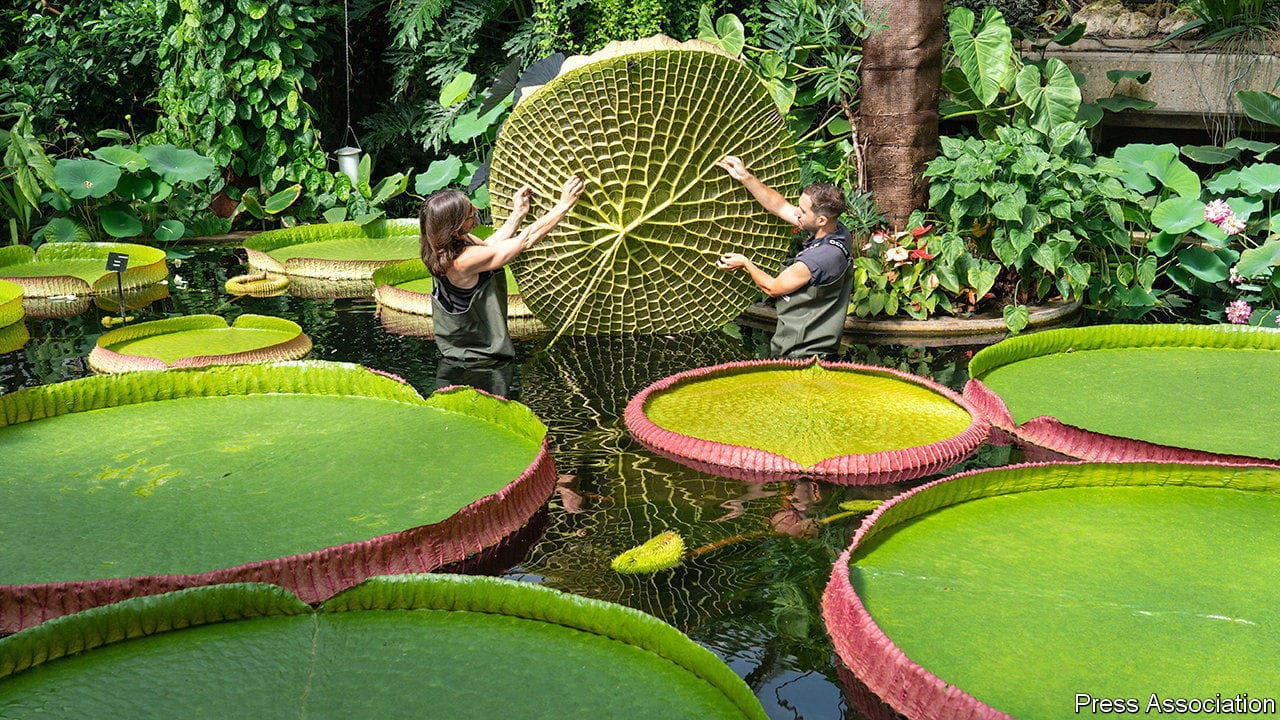- by
- 01 30, 2025
-

-
-
Loading

Loading

The Waterlily House at the Royal Botanic Gardens in Kew, a suburb of London, opened in 1852. But in 2018, when it was refreshed with some seeds from Bolivia, Carlos Magdalena, Kew’s waterlily expert, noticed oddities in the newcomers. The patterns of their spines, with which they overwhelm other floating plants as their pads unroll, differed from those of the two known giant waterlilies, and . The pads’ rims were also unusual. The upshot, confirmed genetically and published this week in , is recognition of a third species, (pictured above)—of which, ironically, mislabelled specimens have been sitting in Kew’s collection of dried plants for 177 years, right under botanists’ noses.